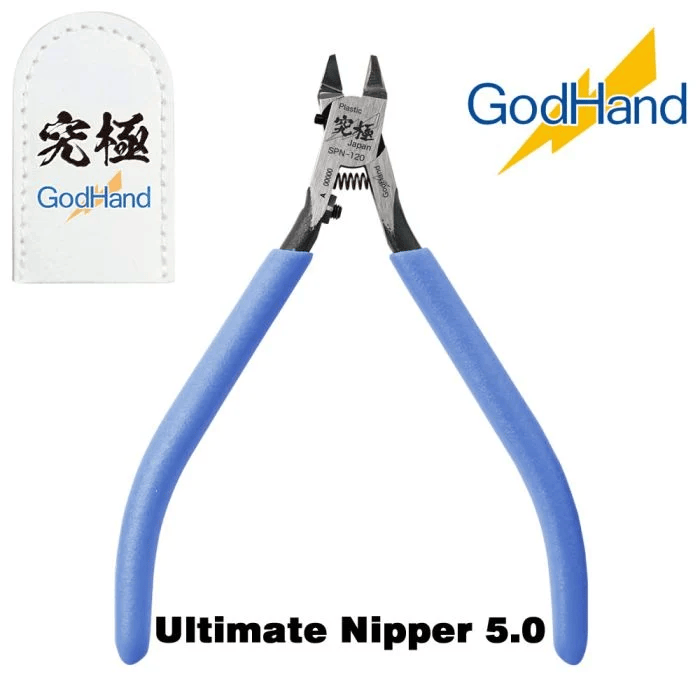A-Model 1/72 Bell P-63A King Cobra Limited Edition # 72415
The Bell P-63A Kingcobra was an American fighter aircraft developed by Bell Aircraft during World War II as an improved successor to the earlier Bell P-39 Airacobra.
Though it shared design similarities with the P-39, the P-63 featured significant upgrades in performance, firepower, and handling.
It was primarily used by the Soviet Union under the Lend-Lease program, where it served in both air-to-air and ground attack roles.
Key Characteristics:
Design and Airframe: The P-63A Kingcobra retained the distinctive mid-engine, tricycle landing gear layout of its predecessor, the P-39. The engine was mounted behind the cockpit, driving a propeller through an extended driveshaft that ran under the pilot's seat. This unusual configuration gave the aircraft a streamlined, aerodynamic profile. The fuselage was more refined than the P-39, with improved aerodynamics to increase speed and maneuverability.
Engine and Performance: The P-63A was powered by an Allison V-1710-93 V-12 engine, delivering 1,325 horsepower. This allowed the Kingcobra to reach a top speed of approximately 660 km/h (410 mph) at 25,000 feet. The aircraft had a service ceiling of about 43,000 feet and a range of 725 km (450 miles), making it a capable high-altitude performer and improving upon the P-39’s high-altitude limitations.
Armament: The P-63A Kingcobra was heavily armed, featuring a 37 mm M4 autocannon mounted in the propeller hub, which gave it a powerful punch against enemy aircraft, armored vehicles, and even light naval vessels. This main gun was complemented by two 12.7 mm (.50 caliber) Browning M2 machine guns mounted in the wings. Later variants of the P-63A could carry additional underwing ordnance, including bombs or rockets, making it versatile for both air-to-air and ground attack missions.
Armor Protection: The Kingcobra incorporated heavy armor plating around the cockpit and engine, providing better protection for the pilot, especially during ground attack missions where it was exposed to anti-aircraft fire. The layout also featured an armored windscreen, giving the pilot enhanced survivability in combat.
Cockpit and Visibility: The cockpit of the P-63A offered good visibility for the pilot, thanks to its elevated, bubble-style canopy. This visibility, combined with the tricycle landing gear, made taxiing and landing easier than many conventional fighter aircraft of the time, which often had tail-wheel designs.
Operational Role:
The Bell P-63A Kingcobra was designed primarily as a fighter aircraft, but it also performed well in ground attack and interdiction roles.
Despite these capabilities, the U.S. Army Air Forces found the P-63 inferior to the P-51 Mustang and P-47 Thunderbolt in the primary fighter role, which limited its use in American service.
As a result, the majority of P-63s were exported to the Soviet Union under the Lend-Lease agreement, where they were appreciated for their robustness, firepower, and versatility.
The Soviets used the P-63 extensively in the later stages of the war, particularly in ground attack roles on the Eastern Front.
Its powerful armament, especially the 37 mm cannon, made it effective against tanks, armored vehicles, and enemy ground troops.
Though it was less involved in air-to-air combat, Soviet pilots did use it for interception missions, especially against German bombers.
Production and Variants:
The P-63A was the first mass-produced variant of the Kingcobra, with 1,725 units built.
Several sub-variants were produced, with minor differences in armament and equipment. Later variants, such as the P-63C, featured a more powerful engine and additional improvements in performance and handling.
Advantages:
Heavy Firepower: The P-63A's 37 mm cannon gave it substantial firepower, especially in ground attack roles where it could destroy armored vehicles and fortifications with relative ease.
High-Speed Performance: Its improved aerodynamics and powerful engine allowed for faster speeds compared to earlier American fighters like the P-39 Airacobra.
Robust Design: The aircraft's armor protection and rugged construction made it durable and able to withstand damage from both enemy aircraft and ground fire.
Limitations:
High-Altitude Performance: While improved over the P-39, the P-63A still lacked the high-altitude performance of other American fighters like the P-51 Mustang, limiting its role in long-range escort or high-altitude dogfighting.
Limited U.S. Service: Despite its improvements, the P-63A was overshadowed by other American fighters, and the U.S. Army Air Forces chose not to deploy it in Europe or the Pacific in significant numbers.
Service History:
The P-63A Kingcobra saw the majority of its combat use with the Soviet Union, where it contributed to the Red Army’s victories on the Eastern Front.
It played a significant role in ground attack missions, helping to soften enemy defenses and support Soviet ground forces during offensives.
After the war, the Soviet Union continued to operate the P-63 into the early Cold War period.
In the U.S., the P-63A was used primarily for training and testing purposes, including some post-war use as a target tug and as part of the U.S. Air Force's target drone program, where surplus Kingcobras were converted into drones for missile testing.
Conclusion:
The Bell P-63A Kingcobra was a formidable fighter and ground attack aircraft that, while underappreciated in the U.S., found significant success in Soviet service.
With its heavy firepower, high speed, and rugged design, the P-63A proved to be a versatile aircraft that excelled in ground attack and reconnaissance missions, making it a valuable asset on the Eastern Front.
Its role as a Lend-Lease aircraft solidified its place in aviation history as a powerful tool for the Soviet war effort.
Did you know we are the UK's largest GodHand Tools stockist and official UK distributor!
Check out their amazing Ultimate Nipper 5.0, which is the best Nipper on the market.
All Godhand tools are available for next-day delivery.







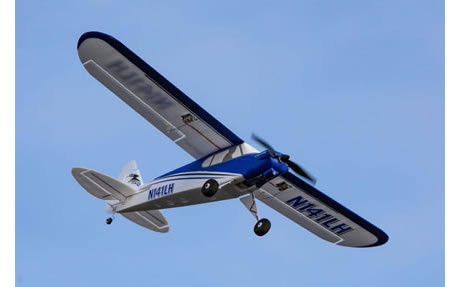
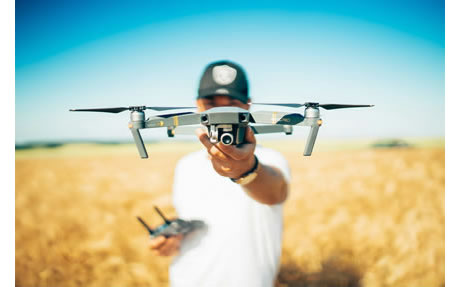










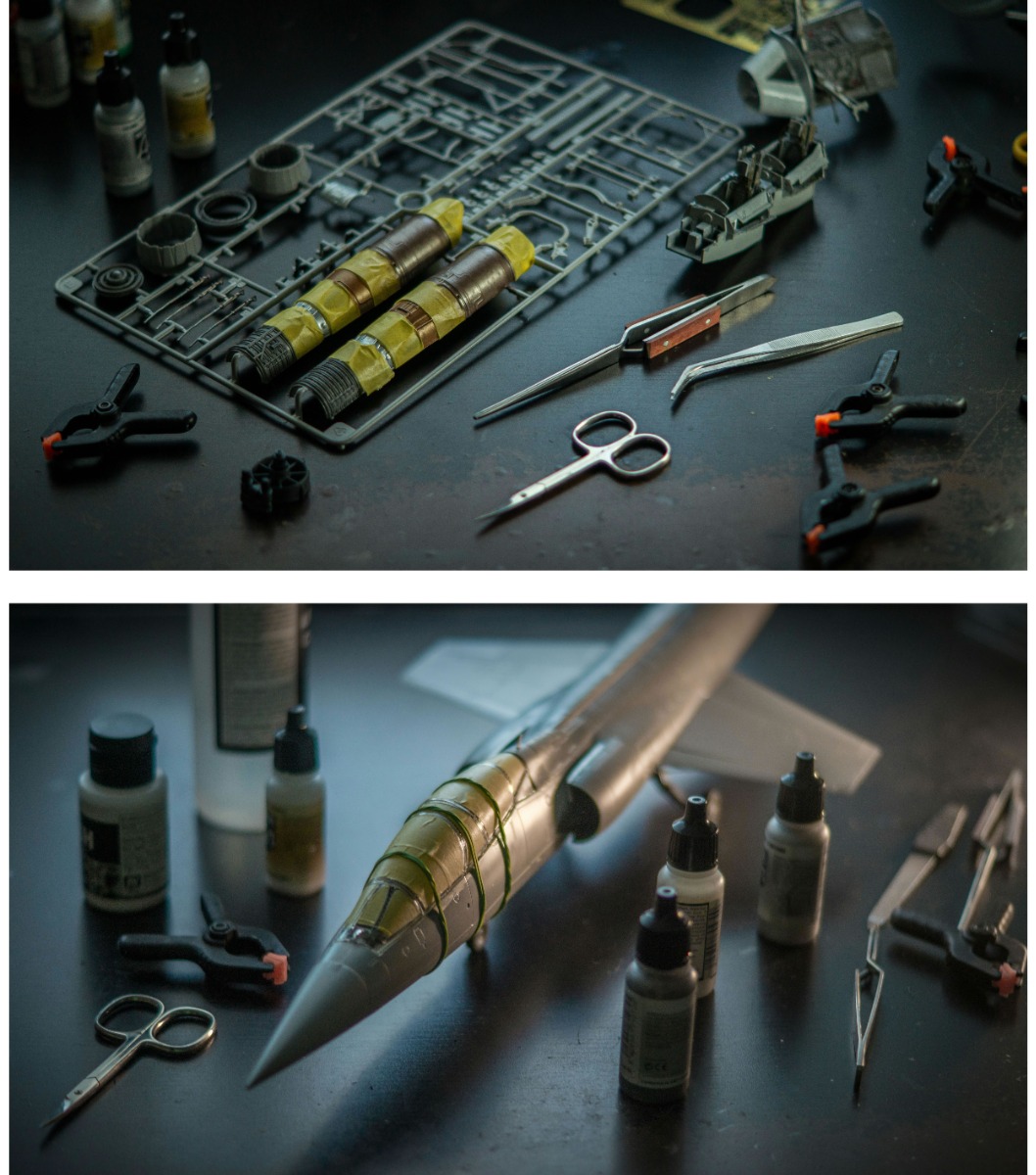
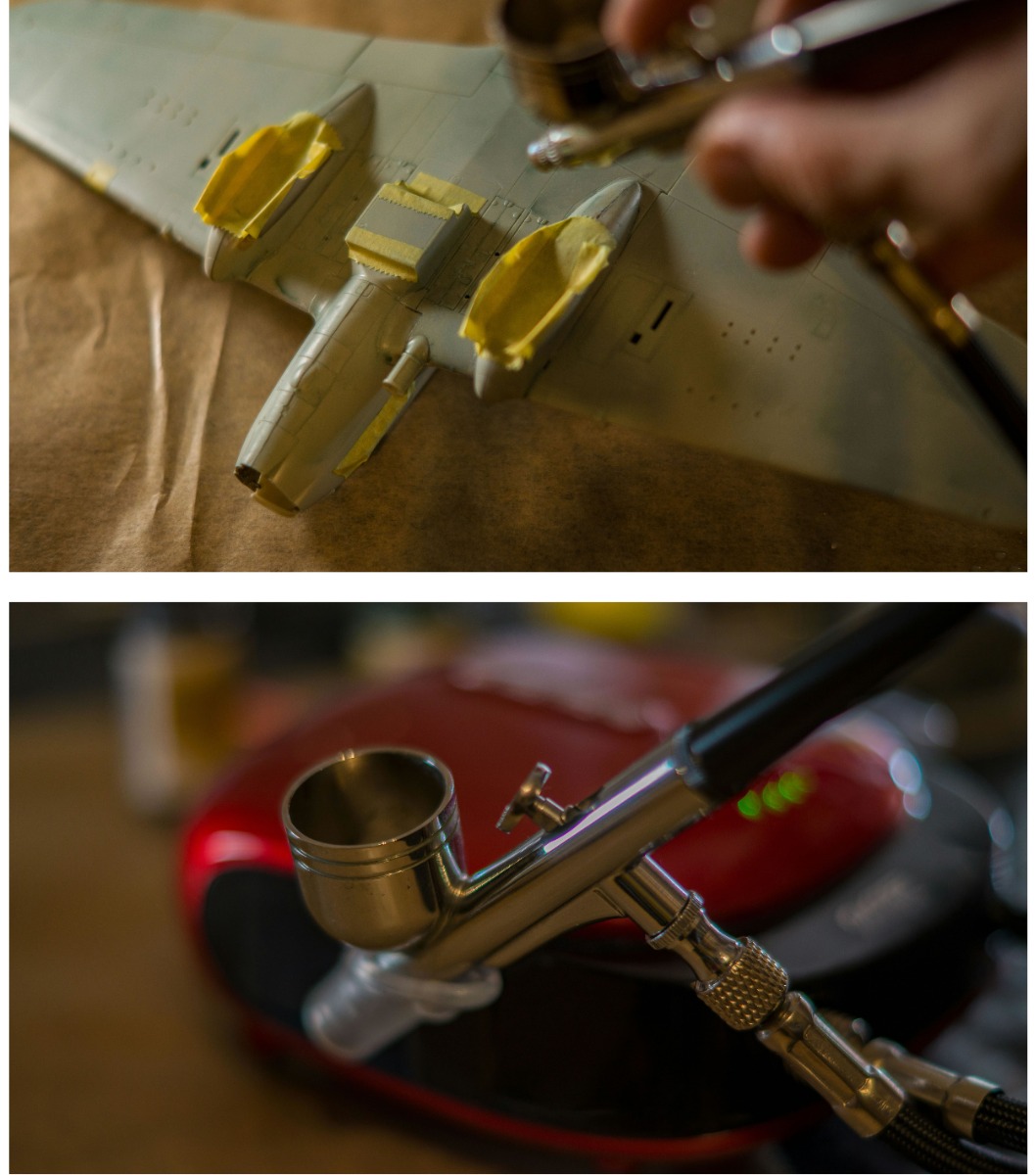
 Spread the cost with Paypal Credit
Spread the cost with Paypal Credit
 Spread the cost with Klarna
Spread the cost with Klarna


